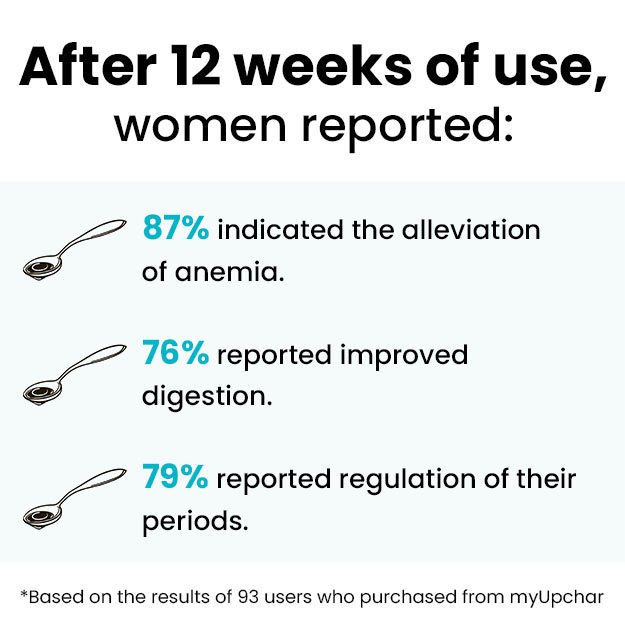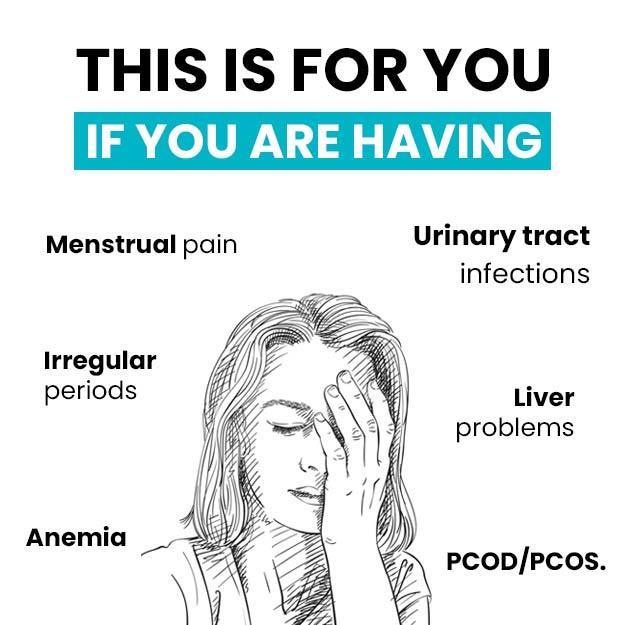What is a Blood in Urine (Haematuria) test?
Haematuria is defined as the presence of blood in the urine. It is a sign of a possible health problem and not a disease in itself. Hematuria is generally of two types:
Gross haematuria - when you can see the blood in the urine. The blood may be visible because it changes the colour of the urine to red or brown. There may also be blood clots seen in the urine.
Microscopic haematuria - when you cannot see the blood in the urine but it can be detected under a microscope.
There can be many causes of haematuria. These include:
- Urinary tract infection
- Enlarged prostate
- Kidney stones
- Stones in the bladder
- Kidney diseases
- Bladder cancer
- Kidney cancer
- Intake of blood-thinning drugs
- Excessive physical exertion
Usually, haematuria is not considered to be an alarming situation. However, your doctor will want to rule out any probable causes which may need medical attention. A urine test is performed in order to determine the underlying cause of hematuria. It will also indicate how severe the haematuria is. Later on, further blood tests and imaging studies may also be done to arrive at a conclusive diagnosis.


































